According to Minister Nguyen Manh Hung, innovation means that businesses focus on digital transformation to become digital enterprises, while the government focuses on building institutions to accept new breakthrough technologies.

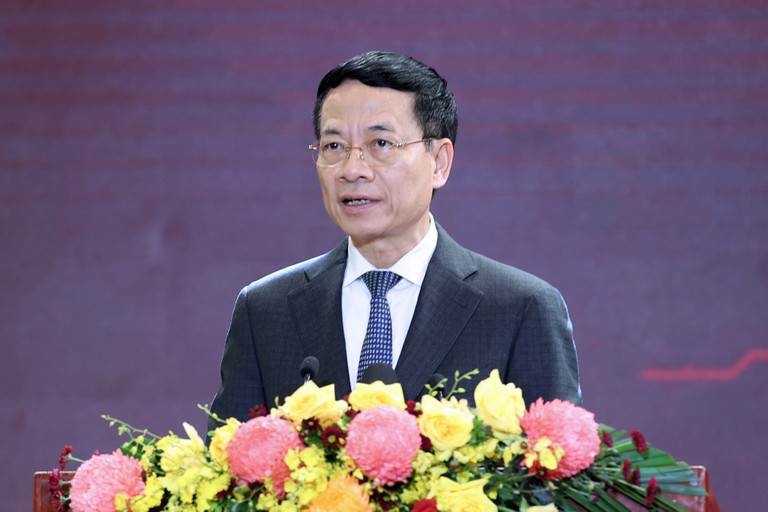
Minister Nguyen Manh Hung
Innovation always starts with awareness and thinking. To better understand innovation, this concept will be discussed from several different perspectives.
The Japanese have mentioned society 5.0. Society 1.0 is hunting and nomadic. Society 2.0 is farming and sedentary farming. Society 3.0 is an industrial society. Society 4.0 is an information society. Society 5.0 is a smart society. Now everything and every field needs Smart. Innovation in enterprises can be understood in the sense of using technology, mainly digital technology, to automate and smarten the entire production and business process of the enterprise, from administration to production and sales. With this approach, the most important keyword is: Smarter and continue to be smarter in all activities, and the most important tool to help this process is technology, especially digital technology, technology 4.0.
A revolution is happening and when it happens, the future will not be an extension of the past. Innovation happens right now. The old infrastructure, the old way of doing things, the old knowledge, the old products, the old business models are no longer suitable. We need new infrastructure, new ways of doing things, new knowledge, new products, new business models.

Many things are simply done in reverse. Before, it was finding ways to avoid mistakes, but now it is making mistakes faster and at a lower cost. Before, it was learning first and doing later, but now it is doing first and learning later, because there is no new thing so we cannot learn but can only try. Before, it was having a job first and then finding people, but now it is finding the right people first and then thinking about what to do, because the job is new so we need people who are similar in their passion for discovery. Before, the strength of a business was having many people, but now it is having few people to react quickly and move quickly. With this approach, the most important thing for CEOs is to find a new approach in all production and business activities of their company.
A successful company, standing at the number 1 position, often collapses when new breakthrough technologies appear. And the process of collapse is usually as follows. Step 1, breakthrough technologies are developed by successful companies first. Step 2, the marketing team probes the reactions of key customers to the new technology, and receives no support, because the old products are still good and familiar. Step 3, successful companies turn to promoting the development of maintenance technologies, improving old products, improving performance, increasing revenue and profits. Step 4, new companies are established based on new breakthrough technologies and must explore new markets, new customers, usually lower-level customers, by trial and error, and from here, a series of new applications, new products with influence are formed. Step 5, new companies entering the market will move up to high-end markets. Step 6, successful companies enter too late to retain their core customers and disruption occurs.

Photo: Hoang Ha
Thus, innovation often creates opportunities for new companies with new disruptive technologies. In this perspective, large and successful companies have fatal flaws, and create opportunities for new companies, small companies, the opportunity to become number one for companies with no name, but must rely on new disruptive technologies, and go from new markets to turn around and overthrow existing traditional markets. 

So how can large, successful companies deal with this situation? There are basically three approaches. First, foster emerging technologies and markets until they become large enough and fast enough to contribute to the company's growth. Second, wait until the new market or technology becomes more and more apparent and enter when it is large enough and attractive enough. Third, assign responsibility for commercializing breakthrough technologies to new units, small enough that their business performance depends only on the new technology or market. But these new units must operate according to new processes and new value systems to solve new problems. Research shows that the third approach is more promising. The first approach is difficult to succeed because new technologies and new markets do not create short-term booms. The second approach is too late. From this perspective, large, successful companies still have the opportunity to continue to exist and develop, but they must divide themselves from one organization into two independent organizations with two different ways of operating, two different cultures. And that is not an easy task.
Innovation requires change, but the mechanisms, processes, and value systems through which a company creates value and succeeds are the enemies of change. An organization's capabilities consist of three elements: Resources, Processes, and Value Systems. All three of these elements are sustainable when a company is large and successful. Therefore, it is the capabilities of an organization that determine its shortcomings. And the task of CEOs is to resolve this contradiction when innovation is required. CEOs have three options. First, acquire a company with processes and value systems similar to the new mission. Second, try to change the processes and value systems of the current organization. Third, create an independent division and then develop new processes and new value systems to meet the new requirements. With this perspective, large, successful companies have a huge challenge when it comes to innovation.
What would innovation look like from a digital economy perspective?
Digital economy is economic activities that use digital information and digital knowledge as the main production factor; use the Internet and information networks as operating spaces; and use ICT, that is, telecommunications and IT, to increase labor productivity and optimize the economy. Simply put, it is an economy related to digital technology. Digital economy is a long-term evolutionary process. It is a process of digital transformation on a national scale. At different levels, all fields, all businesses, all individuals can use digital technology to do their jobs better, even make breakthroughs to change the quality of their work.
The fastest way to accelerate the digital economy is to use digital technology to change the way we produce and work. Using cameras to reduce security guards is the digital economy. Automatically watering plants when the soil is dry is also the digital economy. Using electronic documents instead of paper is also digitizing the economy. Who will do this? Digital technology businesses. Therefore, we must start digital technology, develop Vietnamese digital technology businesses. Use digital technology to solve Vietnamese problems, Vietnamese problems, and from the cradle of Vietnam, these technology businesses will go global. Technology is born to solve problems, where there is a problem, there is technology, there is a solution. Problems are everywhere, maybe right in our daily work, and each of us can start a technology business to solve our problems. The revolution of all people starting digital technology, popularizing digital technology will help Vietnam digitize the economy very quickly.
Digital technology will create new business models, challenge new ones or replace old ones. For example, Uber challenges taxis. Fintech challenges traditional banks. Mobibe Money, which pays for small-value goods, will solve the problem of cashless payments for 100% of the population, but will challenge banks. The problem for the government is whether it dares to accept these new business models or not. If it dares to accept them but is the last to accept them, it will not have much value.

That is why many people say that digitalizing the economy is more of a policy revolution than a technological revolution. First, we must accept new business models, accept new technologies that fundamentally change industries, often destructive innovations. If we accept the new, new technologies from the world will come, talented people from around the world will come, and new industries will emerge, and the cradle of Vietnam will create exportable digital technology products. But it must be an early acceptance, earlier than others. Going after others, going with others, there will be no chance of changing Vietnam's ranking. When accepting the new, we may lose some things. But we don't have too much to lose, that is our opportunity.

Thus, from the perspective of digital economy, or digital transformation, innovation means: Enterprises focus on digital transformation to become digital enterprises, while the government focuses on building institutions to accept new business models and new breakthrough technologies.
The challenges of innovation are always huge. But the opportunities for developing countries like us are even greater. This is also an opportunity for Vietnam to change its ranking and become a developed country by 2045. Each enterprise has its own approach to innovation to develop its business and contribute to the development of the country.
Vietnamnet.vn



![[UPDATE] April 30th parade rehearsal on Le Duan street in front of Independence Palace](https://vstatic.vietnam.vn/vietnam/resource/IMAGE/2025/4/18/8f2604c6bc5648d4b918bd6867d08396)



![[Photo] Prime Minister Pham Minh Chinh receives Mr. Jefferey Perlman, CEO of Warburg Pincus Group (USA)](https://vstatic.vietnam.vn/vietnam/resource/IMAGE/2025/4/18/c37781eeb50342f09d8fe6841db2426c)





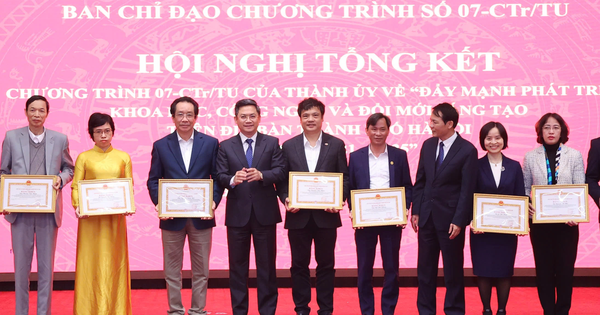




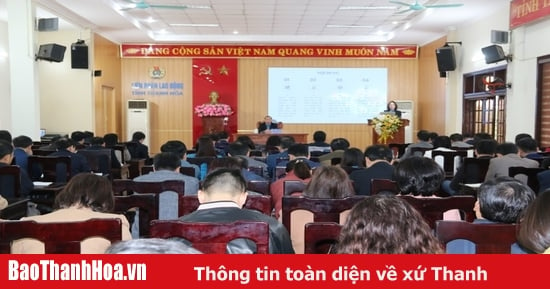













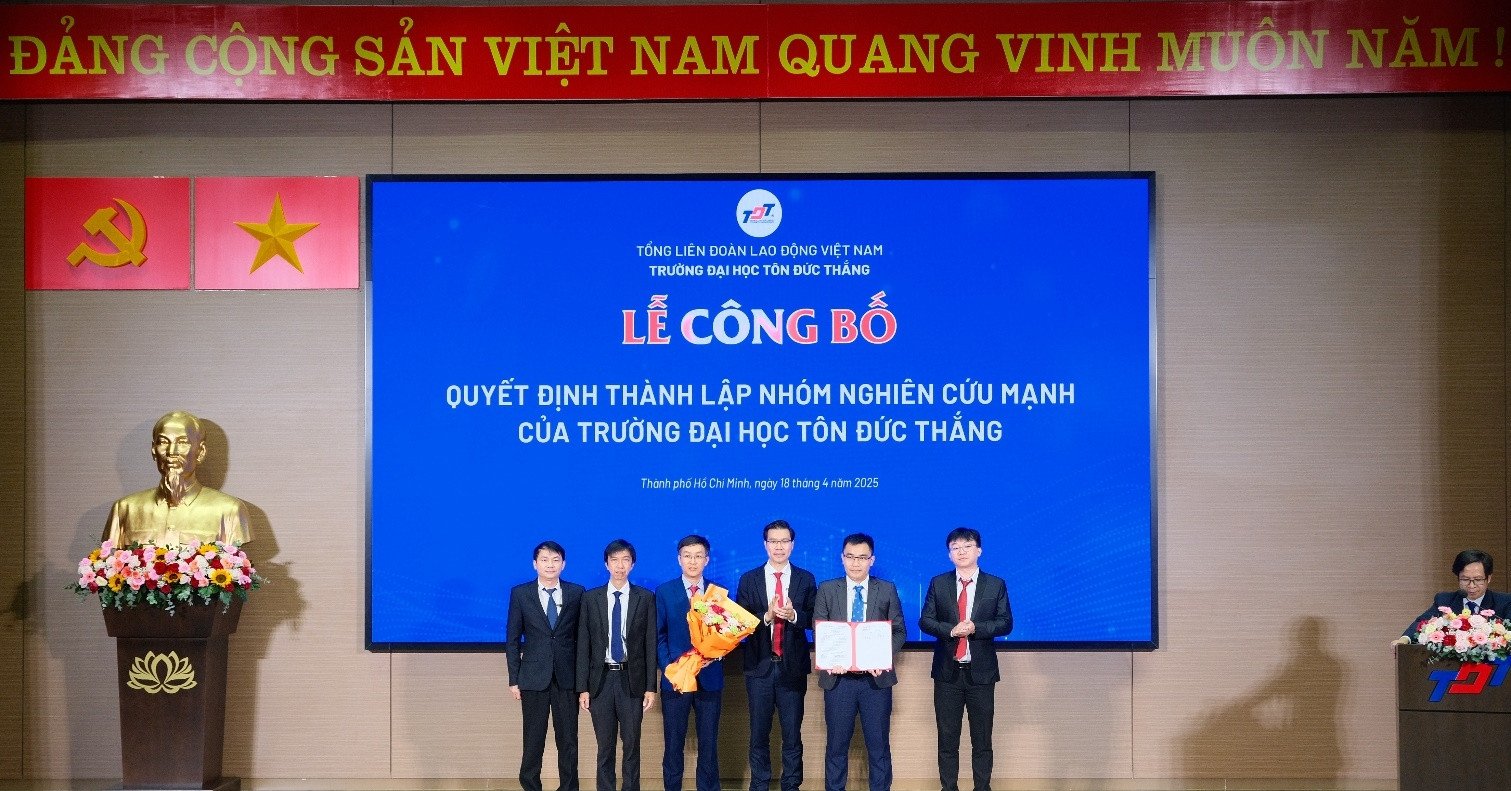



























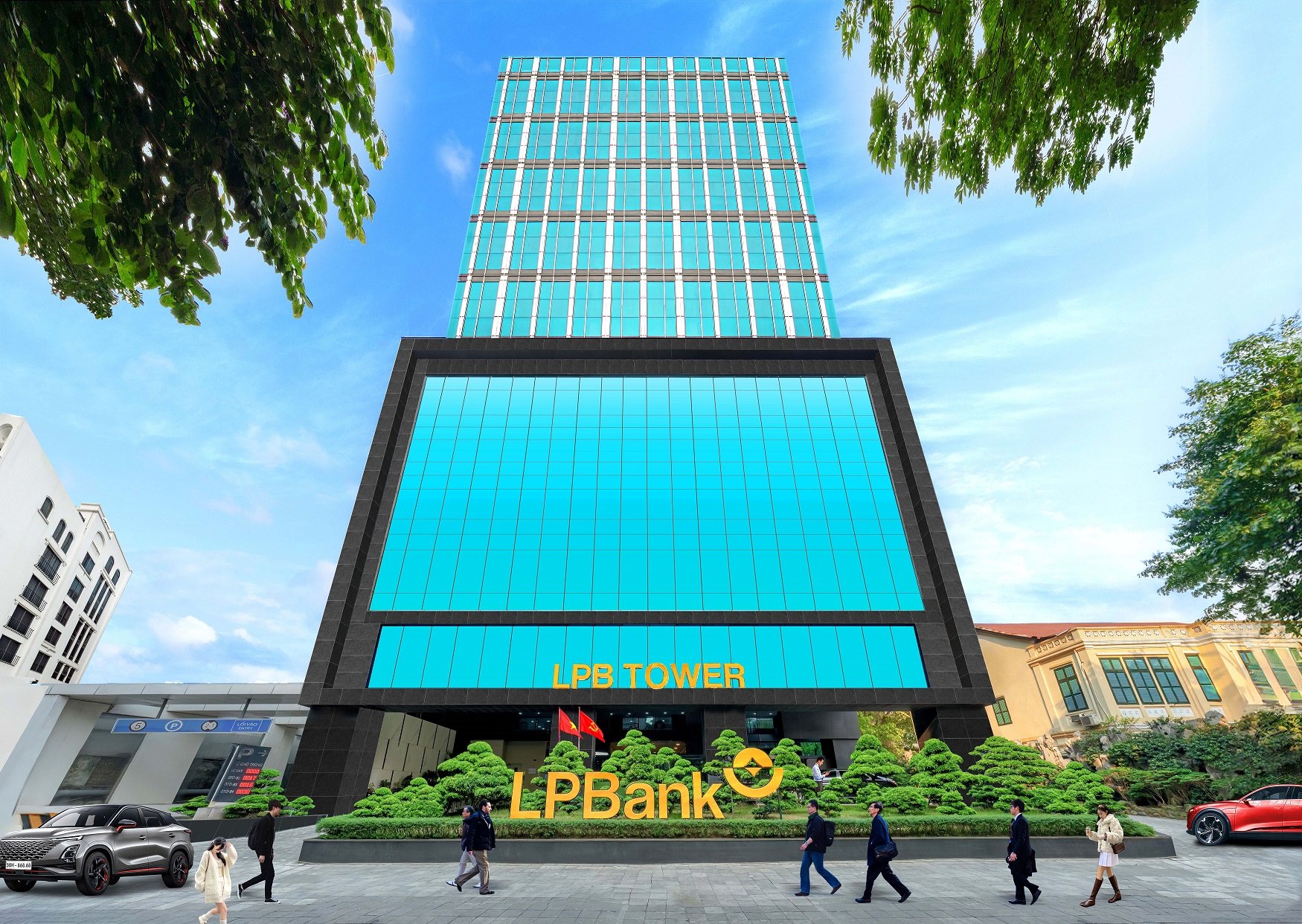


















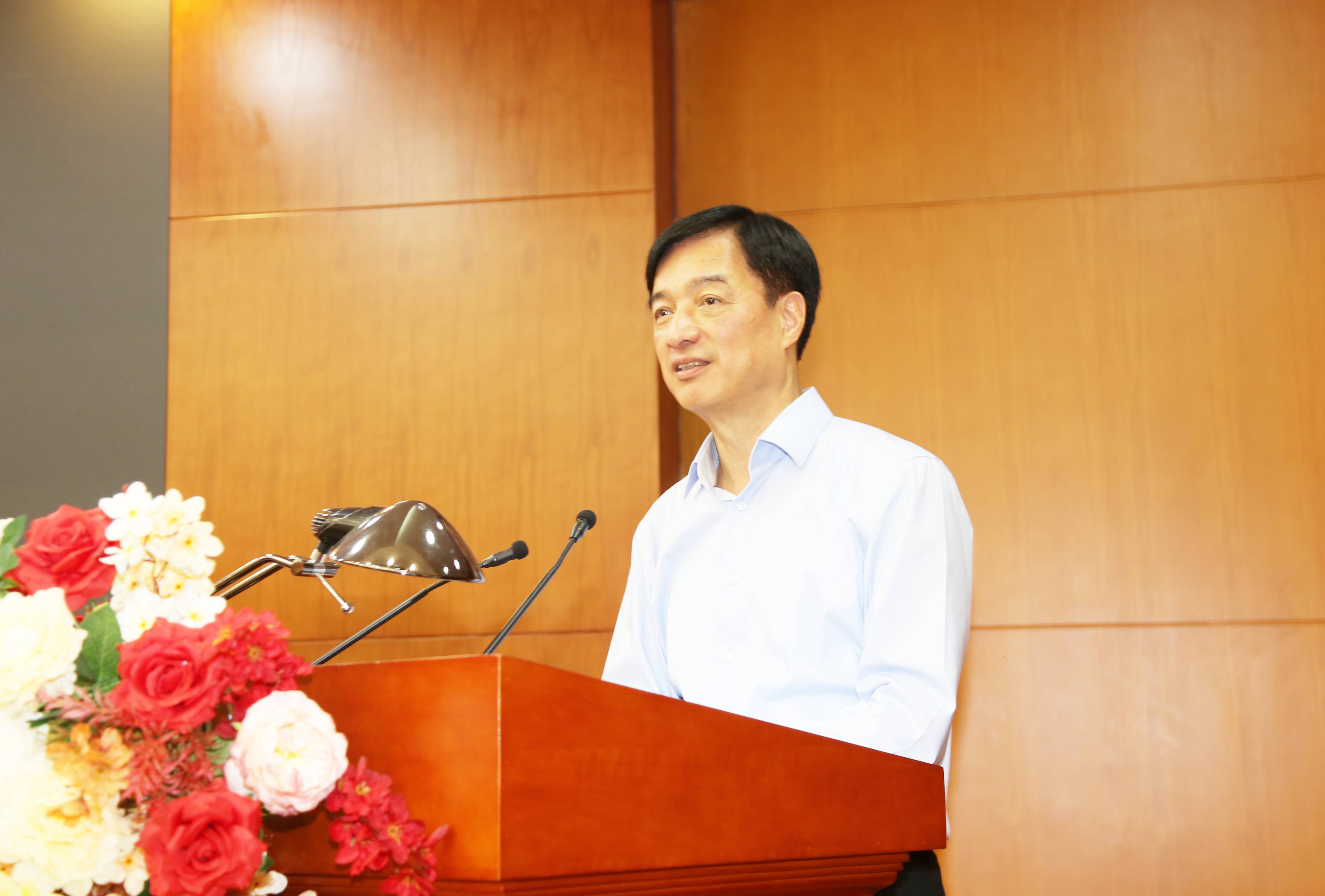




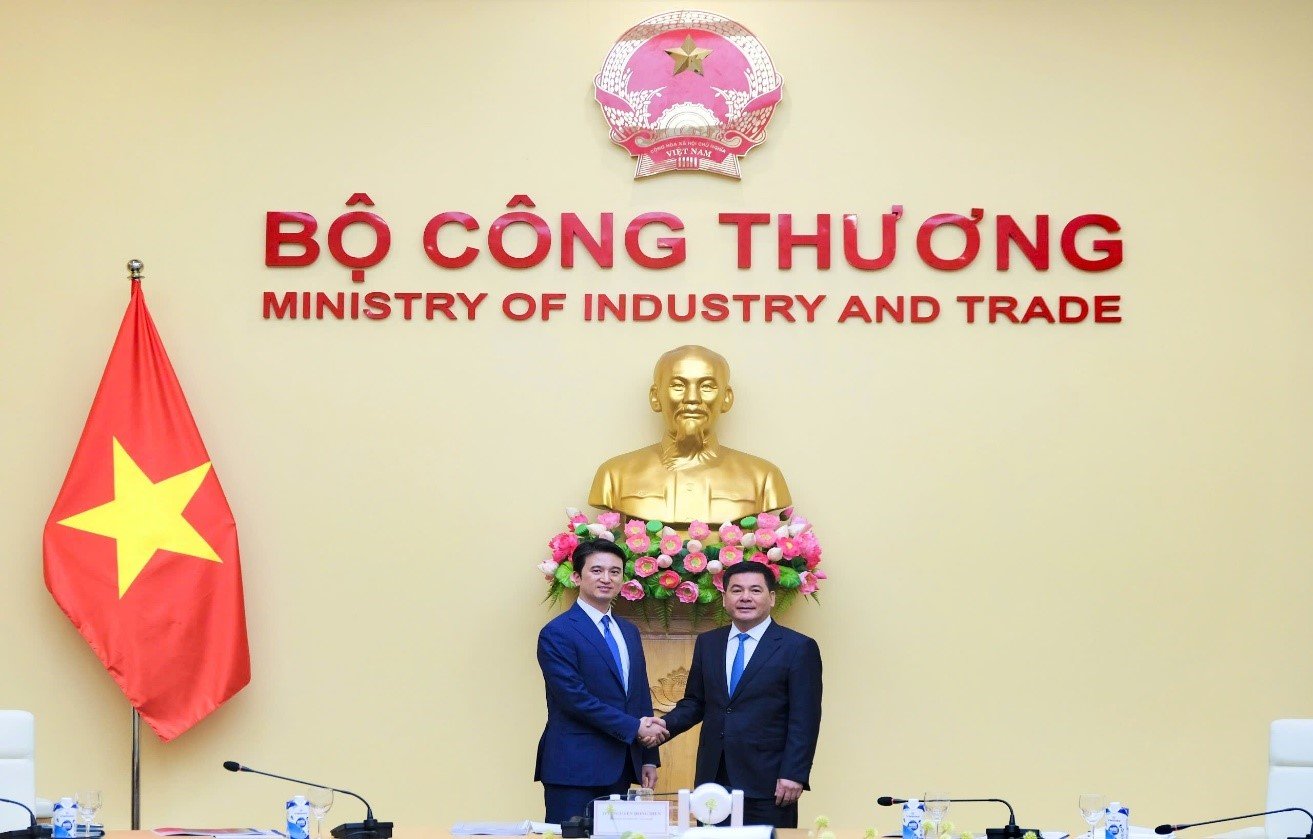


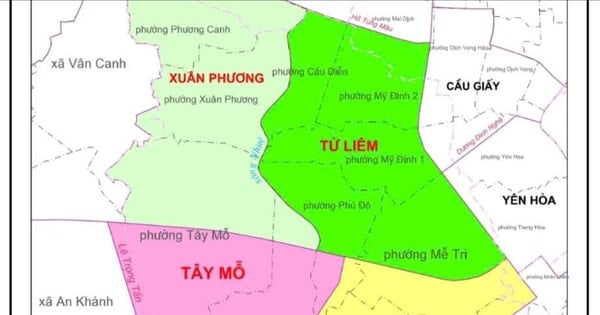
















Comment (0)